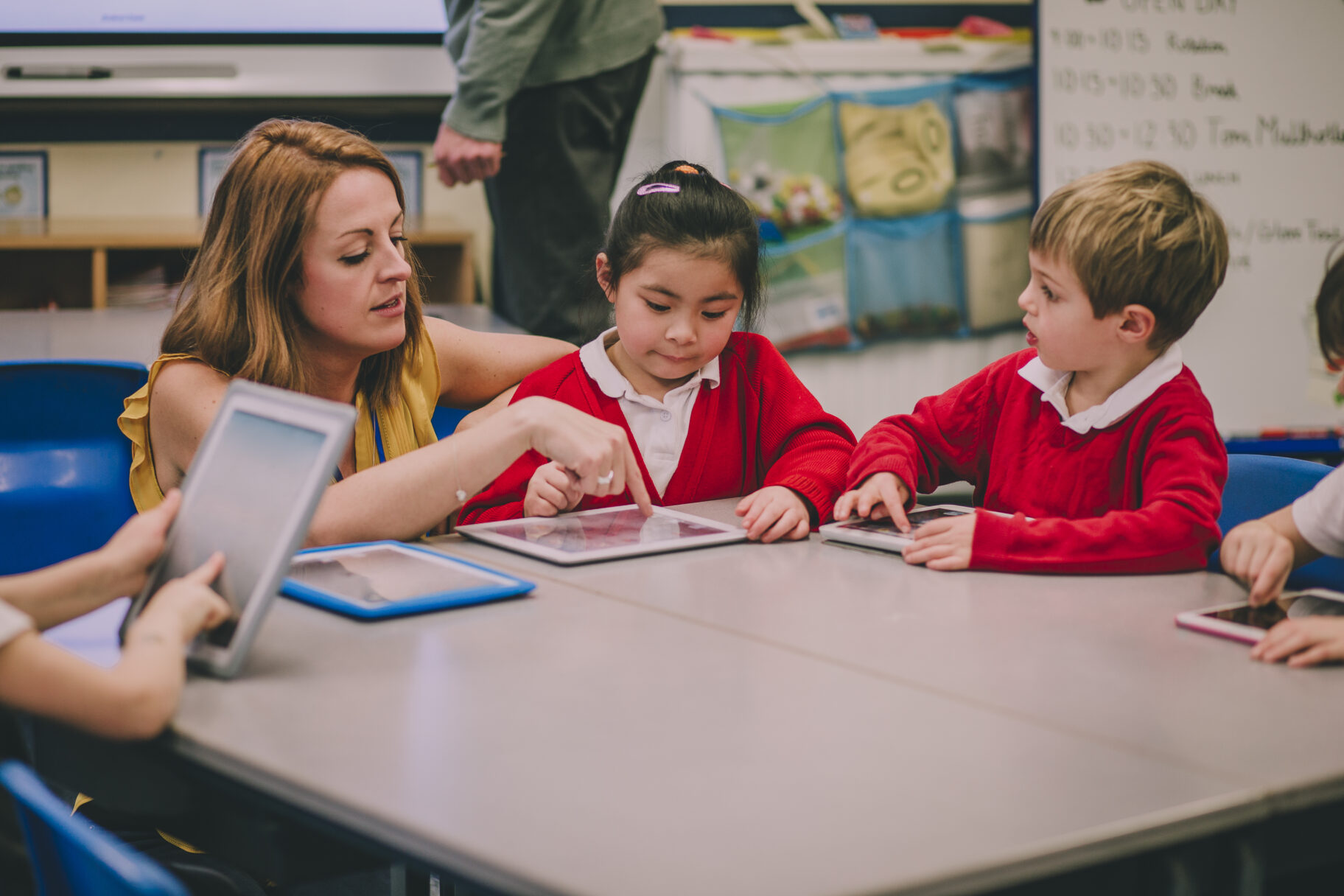


Do you remember the story of Chicken Licken? In an updated version of this classic tale, Chicken Licken reads online that the sky is falling in. Alarmed, he rushes to tell his friends who reply, “If it’s on the internet, it must be true!” The story reminds me of a phenomenon we are all currently experiencing in education…
In some corners of the internet, I have read articles outlining the failure of EdTech in the COVID era of teaching. The data is clear that despite the heroic efforts of school systems and caregivers, the impact of the Pandemic on student learning was significant. But, I reject the premise that EdTech failed students during the pandemic. Quite simply, you can’t believe everything you read on the internet.
When COVID-19 happened, school systems everywhere made an almost instant shift to remote learning. While for years, schools had been painstakingly implementing EdTech initiatives, Covid-19 accelerated those efforts. In a matter of weeks, learning with technology became the rule, rather than the exception.
The work of those who set up and implemented the infrastructure that provided children with the means to continue their education remotely was nothing short of courageous. However, to think that EdTech alone could bridge the economic and social dislocation our students and teachers experienced during the Pandemic and completely replace the art and science of classroom teaching is fantasy. In short, the Pandemic highlighted both EdTech’s power and its limitations.
To begin to overcome those limitations, there are several ways EdTech can improve to best support teachers and learners. Here are four key areas:
Multimodal Resources
The integration of digital resources into a text-based curriculum offers students the opportunity to experience a concept by reading about it, hearing about it, seeing it, and, in some cases, even manipulating it. Remember learning about photosynthesis? When I was at school, we read about biology in a textbook. But thanks to digital resources like animations and videos, today’s students can see and investigate photosynthesis while reading about it, watching videos, listening to podcasts, and even planting virtual trees to watch them grow in VR (Virtual Reality). This multimodal learning strengthens and deepens their understanding of a topic by reinforcing the lesson in multiple formats.
It’s clear that high-quality video alone does not make for engaging digital resources. EdTech needs to improve the quality and number of other digital content, such as e-books, interactives, virtual field trips, infographics, and more. The creation of more and better multimodal resources can help ensure that students have the resources they need to engage with academic topics in lots of different ways.
A Single Solution
At one time, my Netflix, Amazon Prime, and Disney+ accounts were all separate platforms with separate login portals and credentials. It was time consuming and confusing to switch between platforms to find content I liked. But once I found a single sign-on solution with easy access, I began to see value in the individual streaming services.
The proliferation of EdTech resources in UK classrooms has led to just such an issue but on a larger scale. With so much EdTech at their fingertips, COVID-era teachers were overwhelmed with solutions designed to support them. EdTech providers can do a better job by providing educators with more “platform solutions” that centrally locate services in one place and improve interoperability. Just like having all your favourite entertainment resources available through a single sign-on solution, putting all the things teachers and students need in one place helps ensure these resources will provide value and ROI.
The Science Of Learning
How many times have you read about the importance of students memorising Maths facts? Teachers know that this type of learning is not about memorisation. It is in fact about automaticity—the reflexive, ingrained habits of students that include not only speed and accuracy, but also understanding. Technology has an important role to play here. Its adaptive capabilities and accessibility features, as well as its ability to gamify learning, can help students build automaticity in Maths– and can also be put to good use in other areas, such as reading.
EdTech can create fun, gamified and accessible learning for students to develop this automaticity in ways that are so much better than some of the outdated practices upon which teachers and students have needed to rely. Technology also has the power to show students what they know, how well they know it and what more they need to practice. The bottom line is that we need to continue to develop and enhance these types of technologies, so that they align with what we know about the science of learning.
Relevant Content
Today’s students will do jobs that we can’t begin to imagine. And in order to prepare them, it’s critical that we bring the real world into the classroom. Technology is a key enabler here and Discovery Education has made bringing the outside world into the classroom its mission. Through virtual field trips that take students behind the scenes at NASA to engaging career explorations created in partnership with our Social Impact Partners that introduce students to the careers of tomorrow, we strive to make what is going on in the classroom connect to the outside world. And most importantly, to make it feel relevant and exciting to today’s students.
Discovery Education is working to integrate the lessons learned about the use of EdTech during the Pandemic into our products and services. I encourage my colleagues across the industry to consider both these and the other lessons learned from the use of EdTech during the Pandemic to enhance existing products and build new services. The time is now for us to act. Let us work hard as an industry to ensure that next time Chicken Little is trawling the internet, he does not read about EdTech’s failure. The sky isn’t falling, but that doesn’t mean we can’t work together to fix the roof.